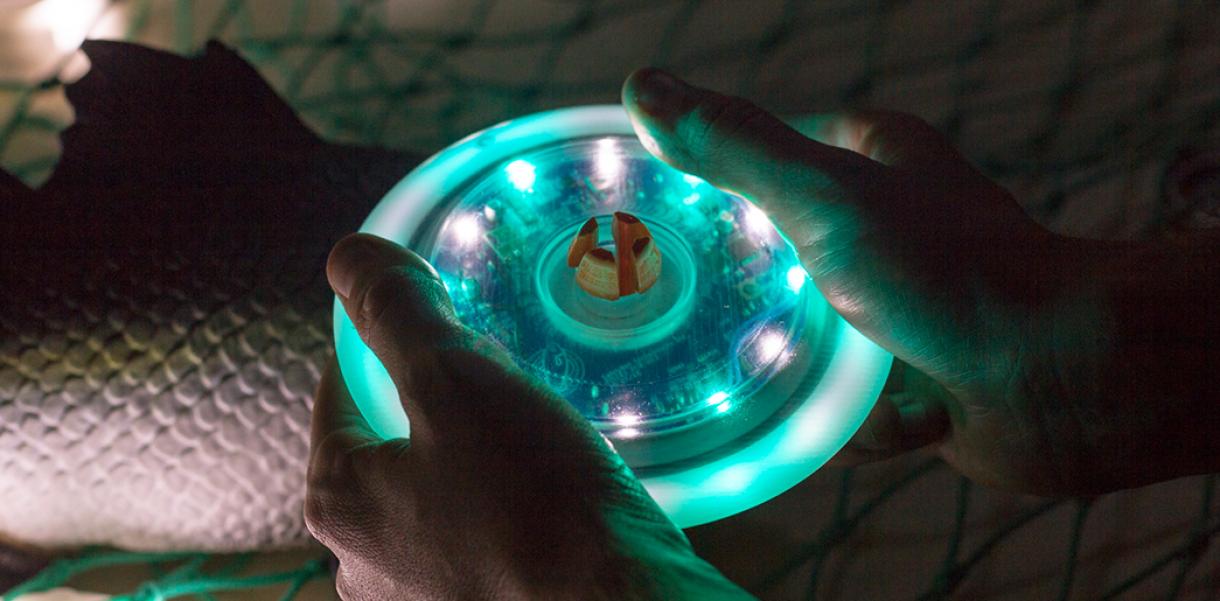The game controller is the gateway to alternate worlds. With this, players alike escape the real world in pursuit of adventure, online encounters and basic fun. The true beauty of gaming is its ability to provide digital equality for everyone.
That’s the utopian idea but reality has been quite different. Looking at the basic game controller, it’s actually designed based on a variety of limiting assumptions about its user: You have hands, fully functioning thumbs and a fluid range of motion. And that’s not always the case for more than 1 billion people in the world, who deal with some sort of disability.
“We’re trying to understand this idea that when we make assumptions about how a product’s going to be used, we could potentially be excluding people,” explains Bryce Johnson, Inclusive Lead at Microsoft. That’s why he, and the team at Microsoft, started listening to the disabled community’s needs. They teamed up with The AbleGamers Charity, The Cerebral Palsy Foundation, Craig Hospital, SpecialEffect and Warfighter Engaged to conduct research and start designing.
The result was the Xbox Adaptive Controller: a controller that not only caters to the existing need for customisable game controllers, but paves the way for a whole new way of thinking about assumption-free design.
“It’s admirable for a large company to allow its flagship product to be adapted by its community of gamers,” says Jury Chairman Philip Battin. “It’s a heart-rendering inclusion of all people, regardless of physical ability, to access the joys and connectivity of gaming.”
The controller pad, currently on the market, is in short a unified hub, where players can connect all sorts of different devices that correspond with all the existing controller’s functions. The original controller has 17 buttons and two thumb-sticks, which is externalised in the adaptive controller. This means that players can attach different switches, mounts or buttons to the hub, to create a unique controller for themselves.
"It’s really planting a flag in the ground and saying this is the point where we change things for the better."
Even if players are only able to use one hand, a foot, chin or elbow, they can customise the controller pad so it fits their vision of optimised gaming. “One of the most exciting things about putting out a product like this is that people can make it their own and to see what they’re going to do with it,” says Chris Kujawski, Principal Designer.
The team behind the controller wanted to make everything about it accessible, that’s why even the packaging has been meticulously designed. Ensuring a great experience from the very start, the box features a series of loops that make opening it super easy.
UX Designer at Microsoft John Porter has followed the making of the Adaptive controller over the years. As a disabled and passionate gamer himself, he’s more than grateful for the controller. “It obviously has immense utility and value for users in its own right, but it’s also a symbol of a larger gesture from Microsoft,” says Porter. “It’s really planting a flag in the ground and saying this is the point where we change things for the better”.
“It’s a heart-rendering inclusion of all people, regardless of physical ability, to access the joys and connectivity of gaming.”
Because of the Adaptive Controller, Microsoft has not only redesigned a key part of their product but, changed their whole design philosophy. By pursuing and executing assumption-free design on a global scale, they’ve set a new and valuable standard.
“Many industries who rely on interaction could be inspired by this project,” says Jury Member Ravi Naidoo. “It opens doors to dream of a much more inclusive world where users, whatever their physical conditions, can access technology for work, education and participation in society at large.”









